Azerbaijan committed to regional peace despite potential Armenian threats made in Lachin Lachin in flames back in 1992
Azerbaijan is committed to achieving long-term peace in the South Caucasus. Peace can be achieved only when countries recognise each other's territorial integrity and sovereignty. It is the only viable option for the region's development. It is high time to face this reality.
In early August, Baku warned if Yerevan aims to delay the implementation of provisions of the Moscow-brokered ceasefire deal using excuses, it will once again demonstrate Armenia's non-constructive and disruptive activity.
However, in light of its ongoing efforts to achieve peace, it seems, that Baku should prepare itself for provocations involving ecological terror and land mine disaster by Armenians, who are scheduled to leave the country's Lachin district centre and Zabukh village on August 25.
Azerbaijan almost finished the construction of an alternative road to the Lachin corridor, which will allow ethnic Armenians of Karabakh to travel to and from Armenia in line with the November 2020 deal. Although Armenia had two years to build its section of the road, it has yet to finalise it.
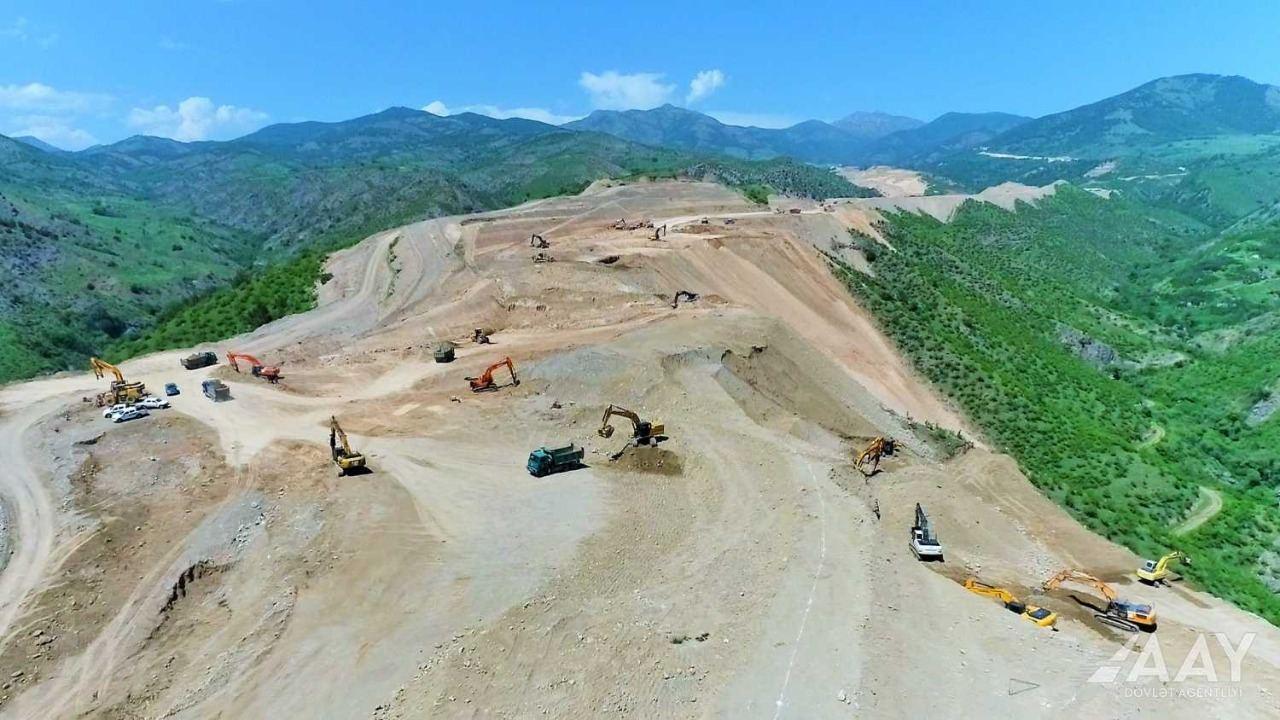
Ethnic constitution of Lachin
Azerbaijani MP Vugar Bayramov noted on his Twitter that Lachin's last census was conducted in the former USSR in 1979. There were 44,700 Azerbaijanis and 2,400 Kurds among the 47,200 Lachin residents. The district was home to a very small number of Armenians. Following the Armenian occupation in 1992, 66,700 Azerbaijanis became internally displaced persons (IDPs) and these people are still waiting to return to their homes.
As a result of Armenia's occupation of Lachin in 1992, one city, one town, 125 villages, 13,745 houses, 48 industries, 63 agricultural, 326 educational, 142 health, 460 commercial facilities, and 30 communication hubs were destroyed and burned. The total damage was $9.1 billion, he said.
Some 204 Armenian residents, who settled illegally in Lachin's Zabukh after 2013, will leave the village by August 25. A total of 570 Azerbaijani residents of Zabukh, who became IDPs after the Armenian occupation in 1992, are to return to their historical homeland very soon.
As part of the Armenia-Azerbaijan peace process, which began with the signing of the November deal, Armenians are required to leave Lachin, including Zabukh, whose ethnic composition consisted entirely of Azerbaijanis in all historical periods.
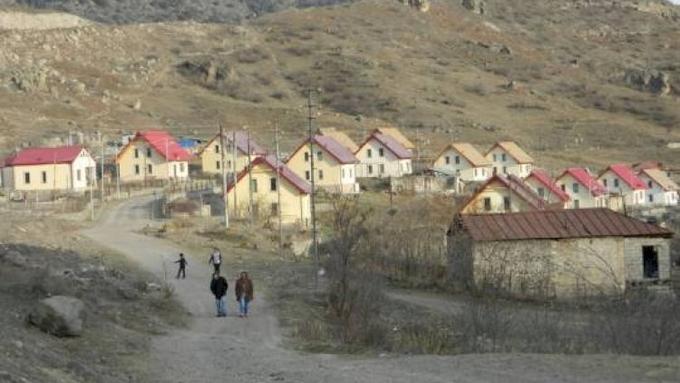
Armenian vandalism in Lachin through photo, video facts
Photo and video facts widely circulated by Azerbaijani Twitterati in recent days demonstrate that Armenia's potential ecological terror will not be new, as Lachin was in flames in 1992.
On the eve of the new wave of departures from Lachin, Armenians have already committed pillages and expressed similar sentiments, stating that they intend to mine houses and lands and are preparing for armed resistance.
Against the background of recent furore raised by Armenians, who always try to portray themselves as victims, the abovementioned photos and video facts, show their true colours.
On August 8, Azerbaijani Consul-General to Los-Angeles Nasimi Aghyaev shared on his Twitter account a video captured by the Armenian media during the invasion, showing the burning down and looting of Azerbaijani residents' houses in Lachin.
"Here is what Armenia did to Lachin. Even Western reporters, who usually supported the Armenian narrative, were horrified by what they saw in this ruthlessly ravaged Azerbaijani town," he said.
The brutal Armenian aggression against Azerbaijan's Lachin, which Armenians are trying to portray as their centuries-old native land, was covered in foreign-based media back in 1992.
In this regard, Aghyaev shared on his Twitter the photo of an article published in the Florida-based US daily in 1992 about Armenians' acts of vandalism.
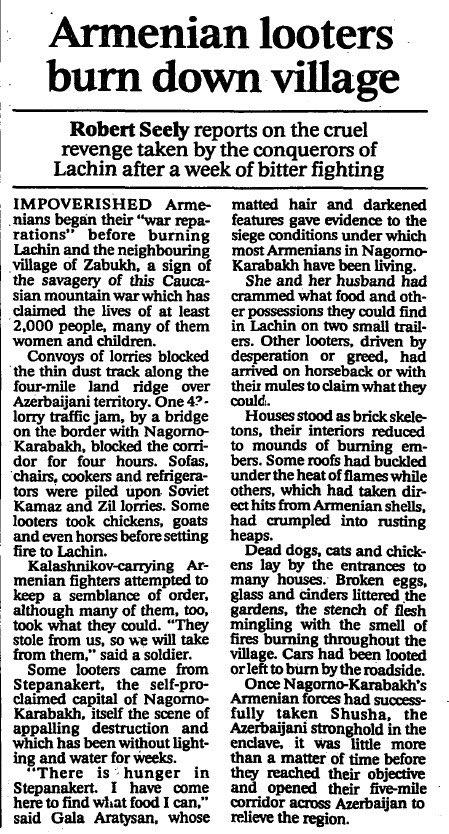
"Meanwhile, looters streamed into Lachin from across the border in Armenia. Their flatbed trucks were so loaded with booty that they could scarcely negotiate narrow mountain roads. @SunSentinel, May 31, 1992; 'Armenians ravage, loot town captured from Azerbaijanis'," Aghayev cited sentences from Sun-Sentinel.
In another Twitter post, the senior Azerbaijani diplomat shared another foreign media article about Armenia's horrifying actions in Azerbaijan's Lachin.
"In 1992, Armenia invaded, ethnically cleansed, looted and burned Lachin of Azerbaijan. Current British MP Bob Seely wrote this article then for The Times," Aghayev tweeted.
The article headlined "Armenian looters burn down village" reported on "the cruel revenge taken by the conquerors of Lachin after a week of bitter fighting".
Commenting on a video posted on his official Twitter page, the Azerbaijani MP, Tural Ganjaliyev, outlined that "Armed forces of Armenia 'celebrating' occupation, ethnic cleansing, killing of Azerbaijani civilians and burning down their houses in Lachin in May 1992. Now, no need to cry crocodile tears upon the withdrawal of Armenian detachments from Lachin. All illegal forces will be removed from Azerbaijani territories!"
Azerbaijani MP Vugar Bayramli tweeted that in 1992 when Armenia occupied Lachin, there were 14,900 houses in the village.
"More than 14,000 houses were burned, destroyed and the district became a ruin. Some 225 people became disabled, and the fate of 65 hostages is still unknown," he wrote.
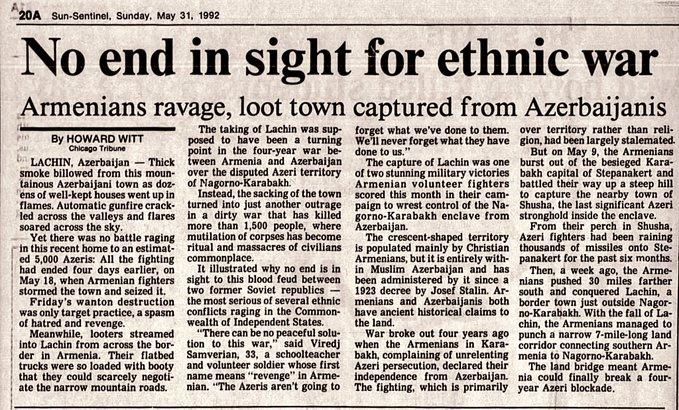
Armenia's ecological terror in occupied lands
It is noteworthy that after Baku, Yerevan and Moscow signed the November deal to end the six-week war in 2020, Armenians resorted to large-scale acts of ecological terror in districts they had to leave under the deal. Armenia's three-decade occupation of Azerbaijani territories extensively damaged the ecosystem, wildlife and natural resources in and around the Nagorno-Karabakh region.
These acts were especially visible during the Armenians' departure from the Kalbajar district. Kalbajar's handover was also accompanied by severe deforestation, as the district's Armenian residents cut down trees before leaving. As Armenians fled Kalbajar, massive amounts of trees were felled and transported from Kalbajar on large trucks. Videos also emerged of decapitated horses and donkeys scattered across the district. Furthermore, Armenians set fire to their homes to prevent them from falling into the Azerbaijanis' hands.
To look back into history, we can see that burning houses is just their tradition whether they built them or not. Despite the labelling of Turks as barbar by Armenians, not a single Armenian house has so far been observed to be burned by Azerbaijanis in Karabakh.
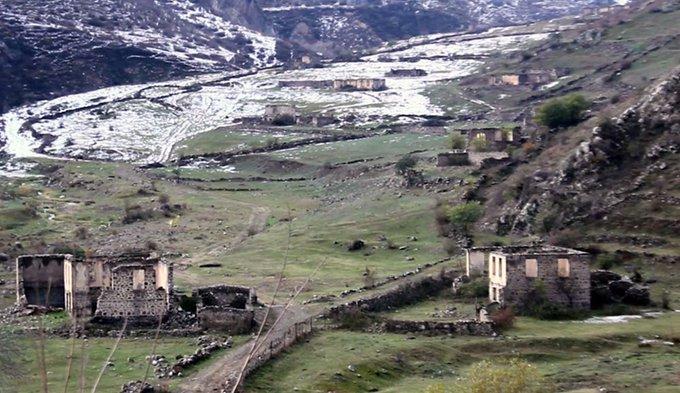
The clashes between Armenia and Azerbaijan escalated for the second time in 2020 after Armenia's forces deployed in the occupied Azerbaijani lands targeted Azerbaijani civilian settlements and military positions, causing casualties among civilians and the military. In the early hours of September 27, Azerbaijan launched a counter-offensive operation that lasted six weeks. The operation resulted in the liberation of Azerbaijan's occupied lands.
A Russia-brokered ceasefire deal that Azerbaijan and Armenia signed on November 10, 2020, brought an end to the 44-day war between the two countries. The Azerbaijani army declared a victory against the Armenian troops. The signed agreement obliged Armenia to withdraw its troops from the Azerbaijani lands that it had occupied.
Vafa Ismayilova








